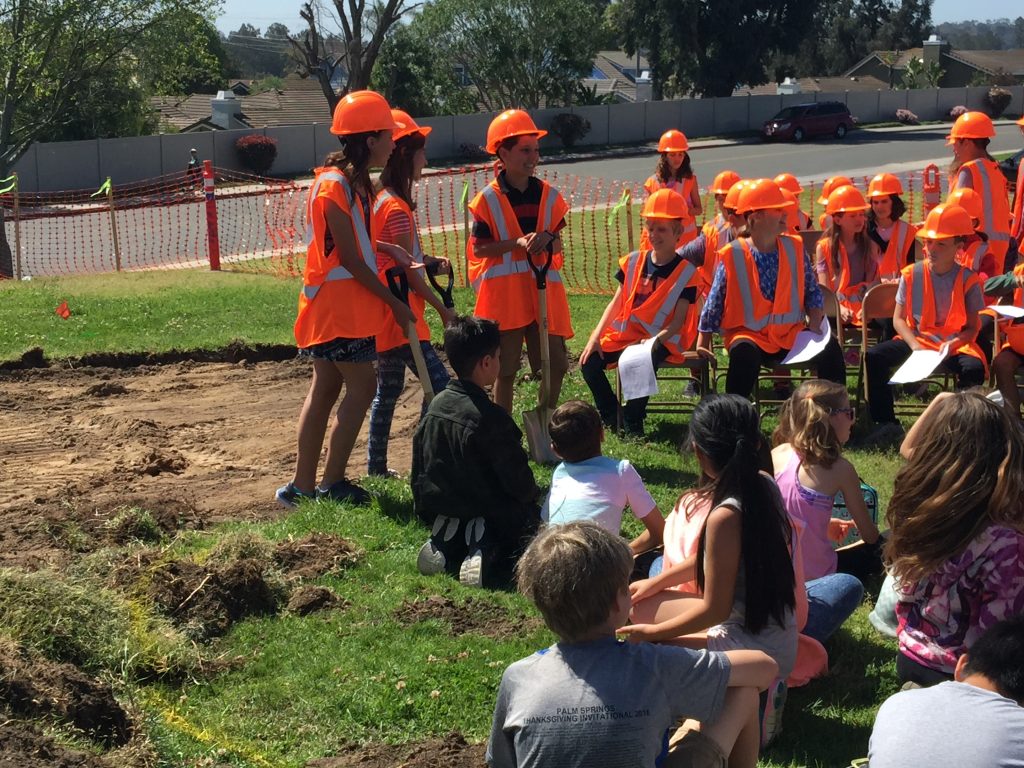By. Timothy B. Baird, Ed.D.
DREAMS Education (Design, Research, Engineering, Art, Math, and Science) is one of the newest educational models to evolve out of the STEM (Science, Technology, Engineering, and Math) movement. STEM’s roots go all the way back to the Sputnik era. The model began with the simple idea of integrating these disciplines into meaningful learning that culminated in deeper conceptual understanding. STEM learning was designed to be project-focused with high student engagement. It has evolved over time with educators continuously searching for relevant connections to various subject matter content. In this way, STEM became STEAM (Science, Technology, Engineering, Art, and Math), even STREAM by adding research. In recent years, educators have added a variety of other content areas, from social studies to physical education, to find the correct recipe to make STEM education come together. Although this has tended to create more student interest in learning, it has proven difficult for educators to tie these additional content pieces to the STEM model. When overloaded with additional content, everything gets lumped together while the reality may be that there are no meaningful connections being made between the different content areas. Although the basis for the model is sound, the solution of adding new content hasn’t proven to be the answer. That’s where DREAMS comes into play.
DREAMS doesn’t try to solve this issue by adding content areas. The difference with the DREAMS model is that it starts with two process skills – design and research. This makes all the difference, since these process skills are the heart of the model and content simply provides the raw material for the process work.
DREAMS starts with design. The language of design is design thinking. There are a number of design thinking models that follow similar paths. The Learning Quest model (Baird, 2018) is a good example of design thinking. It uses the QUEST framework (Question, Understanding, Explore/Experiment/Experience, Solve, and Tell). Most good design models start with an overarching question. This question gets refined, defined, and then expanded to drive the learning that follows. The learner then needs to fully understand the design challenge. What are the parameters of the challenge? What are their biases related to this? What are the needs of the people who will be impacted by this design? How has nature addressed this design issue? Next, the learner needs to start exploring/experimenting/experiencing the questions. This is an open process that allows for failure and iterative learning. The learner then must solve the overarching problem based upon this learning by using analysis to select the best solution(s) to the problem. Finally, the learner shares the solution with a real-world audience. This model can be used by a group of fourth-graders or a design team at MIT. The differences lie in the level of complexity in the overarching question and the depth of expertise applied to exploring/experimenting/experiencing.
The second key process in DREAMS is research. Just as design is based upon design thinking, research is built around the scientific process and a deep understanding of information literacy. The scientific process requires the learner to create questions and hypotheses, then to systematically attempt to solve them. Information literacy is a specific skillset that gives the learner the tools to acquire, evaluate, use, and share information in an organized, logical, legal, and ethical way. As more information becomes available, information literacy becomes more important to the researcher since finding the most accurate and specific information needed becomes more difficult.
Content is also important to the DREAMS model. Engineering, Art, Math, and Science provide the focus of investigation in the DREAMS model. Design thinking and research connect these content areas. The STEM model doesn’t have this process glue to hold the model together or link the content areas. The inclusion of Art in the STEAM version of STEM is a good example of this. Art in the STEAM model feels like a clunky add-on to the original STEM concept. It has limited connections to the world of science or math and only becomes relevant if one assumes a design process. In DREAMS, art is a critical component and a necessary creative space for much of the design work.
Critics of DREAMS have pointed out the absence of technology in the model. This absence is purposeful. Technology has evolved from the early days of STEM. STEM calls out technology as a unique discipline that requires equal time with science, engineering, and mathematics. This may have been the case in the recent past, but technology is now infused throughout these disciplines. In DREAMS, technology is ubiquitous and an expected skillset of anyone working in the DREAMS model.

How does the DREAMS model work in the real world? One example comes from Encinitas Union School District (EUSD), which is located along the Pacific Coast in the San Diego, California area. Fifth- and sixth-grade students at two district schools were presented with a challenge. These students learned that our oceans were becoming polluted from waste and stormwater runoff. EUSD schools were part of this problem. What could be done about this?
Thus, the Storm Water Pollution Prevention Plan Team was created. Students worked with outside experts and district teachers to reduce the pollutants leaving their schools and going into the ocean. Many students became so involved with the project that it quickly changed from a once-a-week, classroom-based experience to a more frequent free time choice activity at recess and after school.
Students began with the process skills of information literacy. Utilizing experts, articles, and videos, they learned more about the problem and its causes. They then moved into the role of scientist. They tracked the water flow from their school campuses to the ocean. They took water samples along the way and tested them. They worked with scientists at a local wastewater treatment plant. They became experts themselves in the science and math behind the problem.
Then the students went back to design thinking. They prepared a detailed report of the issues and brainstormed solutions to the problem. In this phase, they engineered a number of strategies to keep waste out of drains, including the use of new types of filters. They tested and retested. They designed bioswales and other natural filters to clean the water. Finally, they brought in art and creativity to design an advertising campaign to bring their solutions to life. At the end of the process, the student researchers presented their findings to the school board and the county board of supervisors. They submitted their plan and went to work implementing it and monitoring results. Throughout the project, these students learned that their actions could make a big difference when the DREAMS model was used.
Another DREAMS project started with a collaboration between EUSD and the local YMCA, a long-time district partner. Fourth-graders from Ocean Knoll Elementary School had recently completed a DREAMS project at their school to reduce their waste stream. The question was posed, “Could they help the YMCA reduce its waste stream?”
Students were supported by their teacher, environmental experts, and district leaders in this QUEST. They refined and defined their overarching question to ask if they could help the YMCA reduce the amount of trash going into landfills by reducing waste and increasing recycling. They did a careful waste audit and analysis of materials, reviewing current recycling efforts already underway. This information was analyzed and put into a detailed report that itemized a series of steps that could be taken to reduce waste. An information campaign was then created to share the plan and change behaviors. All of this was then presented to the YMCA Board of Directors, who unanimously adopted the plan for immediate implementation. This was DREAMS education in action.
DREAMS education is now expanding to other districts and groups. Last year, the California School Library Association adopted DREAMS as the major theme for their annual conference. This new STEM-based learning model has the potential to inspire an entire new generation of learners to lead others to follow their DREAMS.
Work Cited
Baird, T. (2018, Sept. 18). The Learning Quest (Web log post). Retrieved July 19, 2019 from: http://cupofsupe.net
Author Bio
Dr. Timothy Baird recently retired as superintendent of the Encinitas Union School District (EUSD). Under his ten-year leadership, EUSD was recognized as a national leading school district in environmental education, earning the coveted California Green Ribbon School District Award and the U.S. Department of Education Green Ribbon School District Award in 2014. EUSD has also been recognized for its innovative use of instructional technology, cutting-edge health and wellness programs, and real-world focused civic engagement work. Dr. Baird now serves as an educational leadership consultant, author, and lecturer. He can be reached at http://cupofsupe.net.

